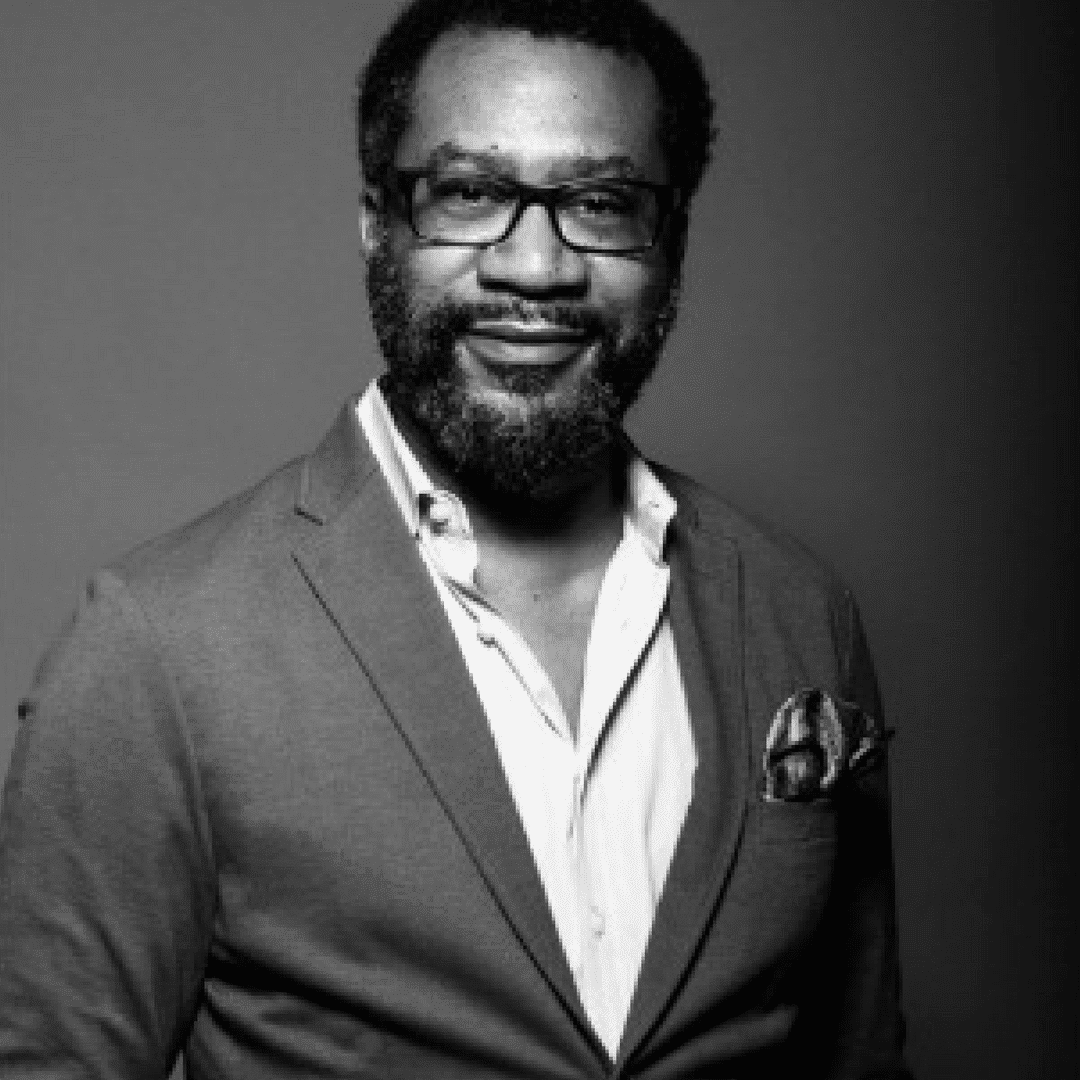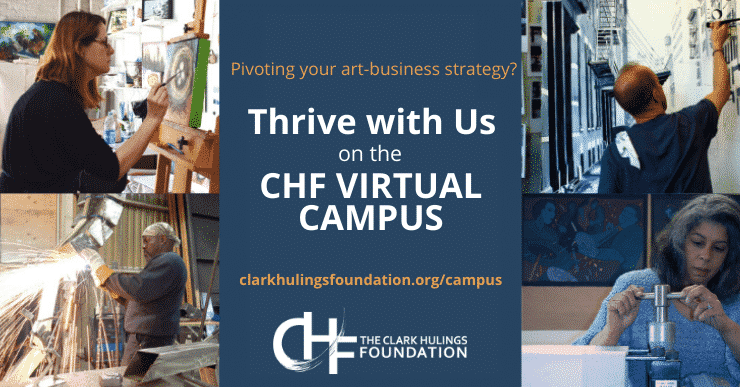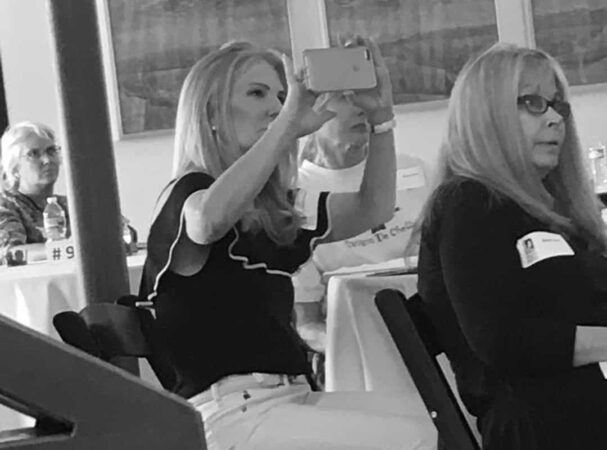How does an artist bridge the divide between the art and business worlds? Neil Ramsay, founder and director of ArtsUp!, hopes to address this divergence by utilizing the 5,800 square-foot ArtsUp! facility as both an events space and a gallery, with massive installations that are located 12 feet off the floor. In this space, the artist becomes the CEO of their own project and must work in a cross-functional team to accomplish their vision.
In this nearly hour long show, Neil describes how he became an artist advocate and why he designed and teaches the Visual Arts Marketing Course at Florida International University. This is such an incredible talk that the topics are best expressed as quotations from Neil himself:
ArtsUp!:
- “It’s a platform for artists and creators to experiment with their particular craft.”
- “It is an artist-centric organization and it also endures as a private events space.”
- Came from “the idea of implementing a gallery that is literally available twelve feet above the ground where you’re standing up to the ceiling is how I developed that.”
- “Each project is almost like a start-up experience of its own.”
- “What I do is I really try to facilitate and remove many of the bureaucratic hindrances and things of that nature that make it repetitive.”
Creating an Experiential Learning Opportunity:
- “The team forms a flat hierarchy so they [the artists] are absolutely in charge of their vision.”
- “As opposed to delivering a lecture or giving a series of instructions or something of that nature, it’s creating the environment for the individual that they can actually immerse themselves in.”
- An individual artist or creator runs the facility “by their willingness to actually join in with the facilitation of their idea.”
- “We share tools and equipment to help facilitate whatever the artist’s idea is for that particular space, and whatever site-responsive or site-specific project they want to realize.”
- “Each project each artist, like Vanessa Diaz, is treated individually.”
- “The level of involvement and responsibility in-and-of-itself is more than some artists are willing to endure, or that they feel that they’re above or below the contribution. We understand that. It’s just not for everyone.”
Economics of the Art World:
- “The art market, I can tell you, is one of the last unregulated markets.”
- “The art fair and the gallery, all of these things, are intermediary. That is their job. That’s what that business is constructed to do. It is supposed to market, it is supposed to match the artist with collectors.”
- “Galleries start to form their own brand and their own interest and they might have their own niche and things like that. That’s entrepreneurial.”
- “If they believe that an art gallery is the only way, that artist needs further education. That’s what our purpose is. To say ‘you know what? There are other ways’.”
- “I think the point is that the artist has choices and it’s up to them to figure out what are all the options available, and every year a new option becomes available. We’re just in a very entrepreneurial and capitalist society.”
Professionalism vs. Professionalizing:
- “Business has a hard time understanding the arts, so… I’m advocating for the professionalizing, that within the organization, the artist is seen just as professional as the accountant, just as professional as the director and the other typical roles…”
- “Artists went to art-school, not business-school. It’s not so much trying to make them an MBA overnight, it’s not about that.”
- “There’s a business language, there’s the language of arts, and what they will find in the experience is there is a lot of business vernacular and there is a lot of a business experience in the process. Even though it is an artist-centric organization and you can’t get around that…”
Artist Advocacy:
- Artist advocate vs. arts advocate
- “I think that one of the responsibilities of having a voice in a particular area, you should speak for the people who don’t have a voice in that area, but especially when they are stakeholders in what’s being discussed or the decisions that are being made.”
- “I was using my voice in places where the artist traditionally isn’t sitting, in order to advocate for the artist.”
- “The business community can stand to learn a little about arts and creativity.”
Visual Arts Marketing Course:
- “I wanted to share what I understand about economics and finance and the markets and how it structurally operates with the artists themselves.”
- “Explaining the structure and what their business is? They’re all businesses. So if you’re coming from an education that doesn’t teach you anything about business, you’re going to have a real hard time understanding the business practices.”
- “Hopefully, they can transpose their skills and increase their value to other people and communicate that to people who are not artists and who’ll have institutes or problems that are not art-related but they can be solved by an artist.”







